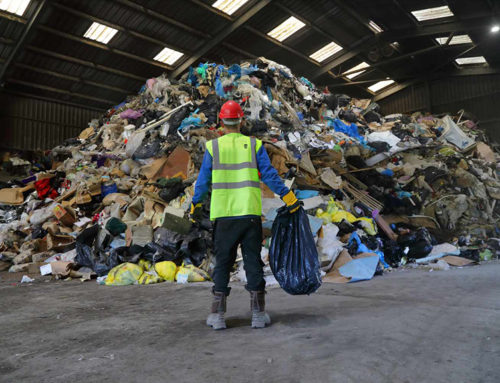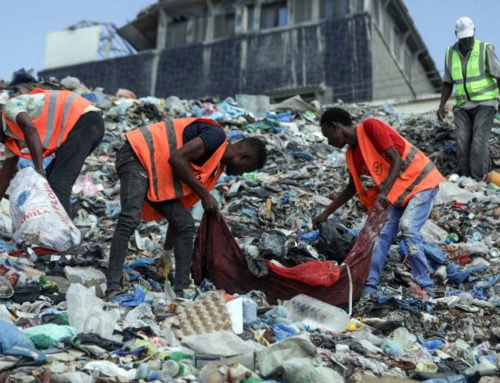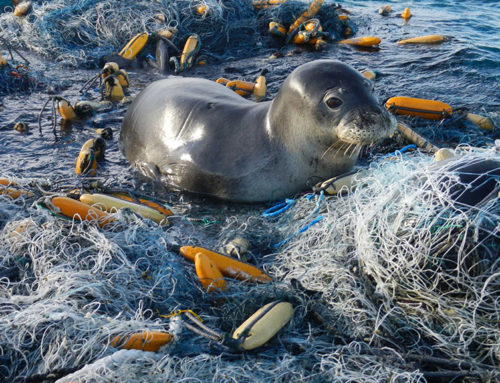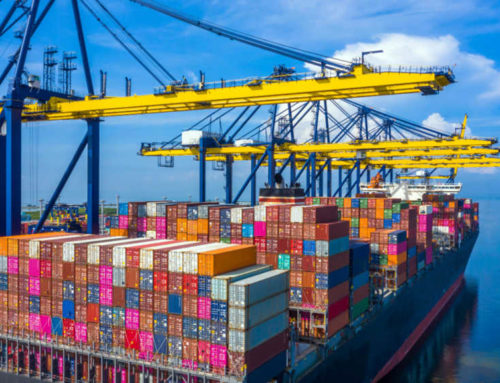The Environmental Protection Agency (EPA) has taken a significant step in addressing the environmental, social, and economic challenges posed by food waste with the release of two groundbreaking reports. These reports provide valuable insights into the extent of methane emissions from landfilled waste and updated recommendations for managing wasted food in more environmentally friendly ways. In a country where over one-third of produced food is never consumed, the resources used for its production, transportation, processing, and distribution often go to waste, contributing to the generation of methane, a potent greenhouse gas.
EPA Administrator Michael S. Regan emphasized the urgency of tackling the issue, stating, “Wasted food is a major environmental, social, and economic challenge.” The new reports aim to equip decision-makers with critical data on the climate impacts of wasted food, specifically through landfill methane emissions. Additionally, they highlight the pressing need to keep food out of landfills.
One key takeaway from the reports is the dual importance of reducing this waste and adopting more eco-friendly disposal methods. In response to these findings, the EPA is introducing an update to its Food Recovery Hierarchy, a tool that aids decision-makers, including state and local governments, in making environmentally conscious choices regarding wasted food management. This new ranking, known as the Wasted Food Scale, marks the first update since the 1990s and reflects technological advancements and operational practice changes over the years. EPA’s research reinforces the notion that preventing food waste at its source, or source reduction, remains the most environmentally beneficial approach. The evidence presented suggests that efforts should primarily concentrate on minimizing the waste to divert it from landfills, thereby reducing environmental impacts.
The research disclosed in these reports represents a significant milestone as it marks the first time that the EPA has quantified methane emissions from landfilling waste. The EPA’s pioneering work includes modeled estimates of annual methane emissions released into the atmosphere from the waste in landfills. This new data provides a comprehensive understanding of the environmental costs associated with landfilling wasted food and its impact on climate change.
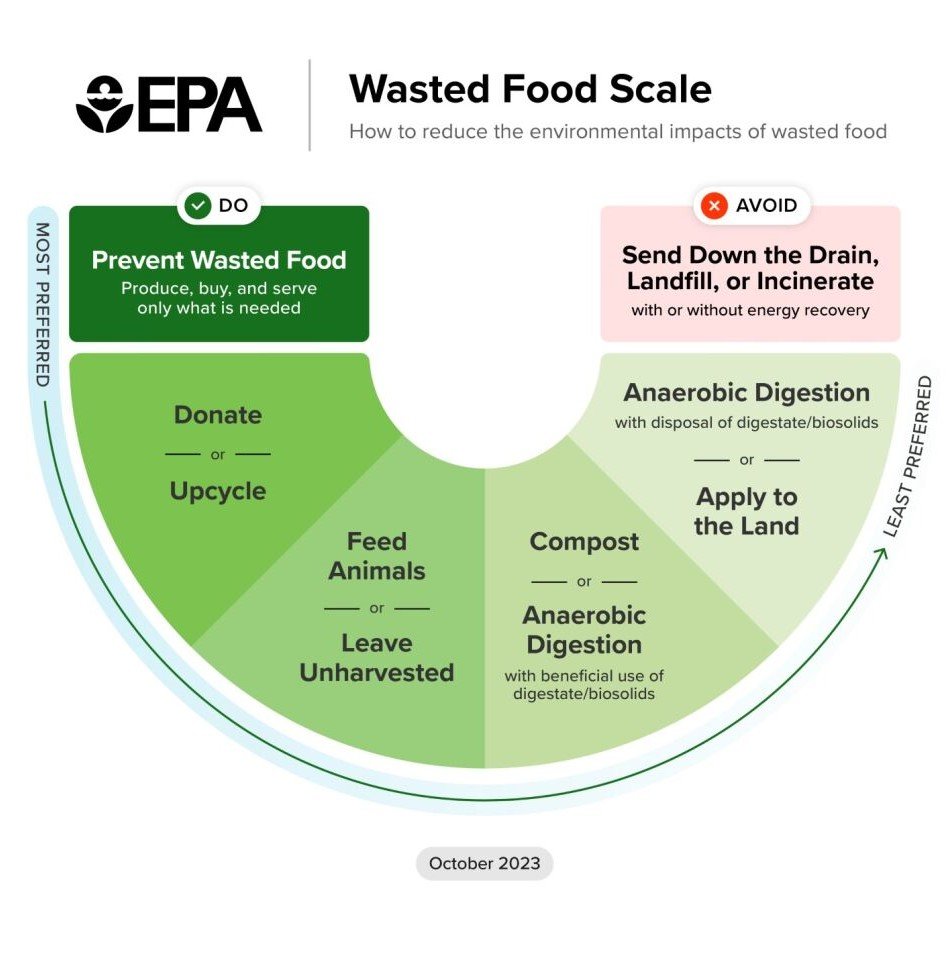
To put it into perspective, the EPA conducted an analysis spanning from 1990 to 2020, revealing that while total emissions from municipal solid waste (MSW) landfills are on the decline, methane emissions from landfilled food are, conversely, on the rise. These findings underscore that diverting that waste from landfills is an effective means of mitigating methane emissions, which are potent greenhouse gases.
The EPA’s newly released reports include:
- From Field to Bin: The Environmental Impacts of U.S. Food Waste Management Pathways,” which scrutinizes the environmental consequences of waste disposal. This report consolidates the latest scientific insights into the common management practices for wasted food in the U.S. It complements the analysis initiated in the 2021 companion report, “From Farm to Kitchen: The Environmental Impacts of U.S. Food Waste,” which evaluated the environmental footprint of waste in the farm-to-consumer supply chain.
- Quantifying Methane Emissions from Landfilled Food Waste” marks a groundbreaking publication as it presents the EPA’s first modeled estimates of annual methane emissions from wasted food in landfills. Although more food finds its way into MSW landfills than any other material, its contribution to landfill methane emissions has never been quantified until now.
These reports are expected to be instrumental in guiding future EPA efforts to combat this waste and will enhance our comprehension of the net environmental footprint of U.S. food waste. The research underscores the need for collective action to reduce food waste and prioritize sustainable disposal methods to protect our environment and combat climate change.


